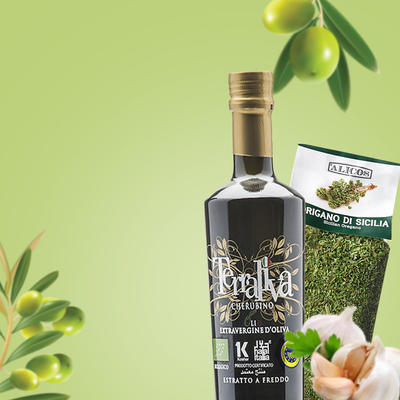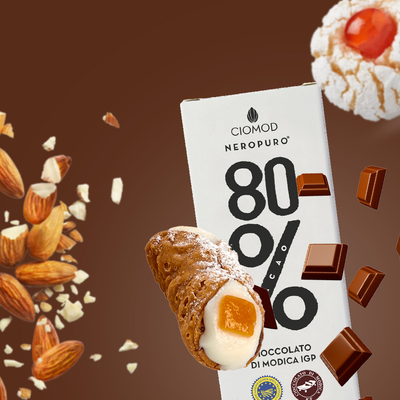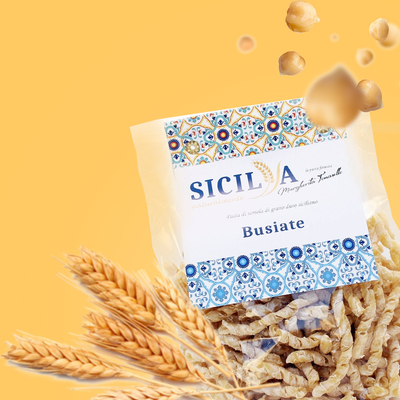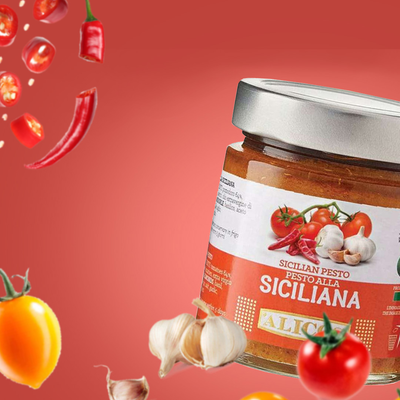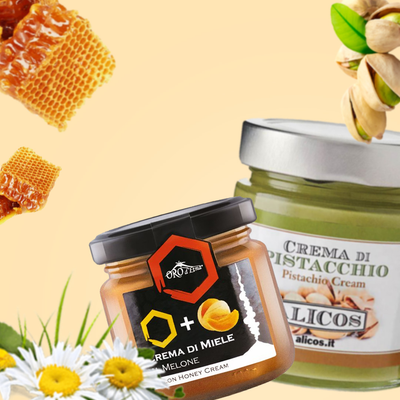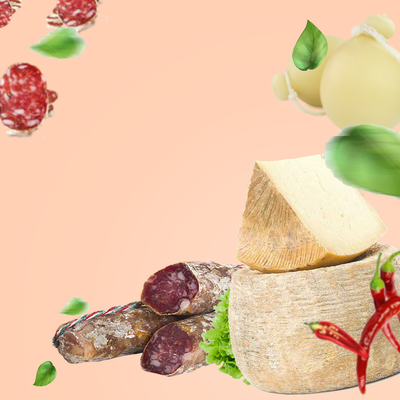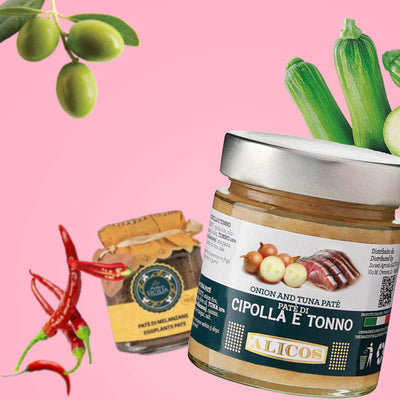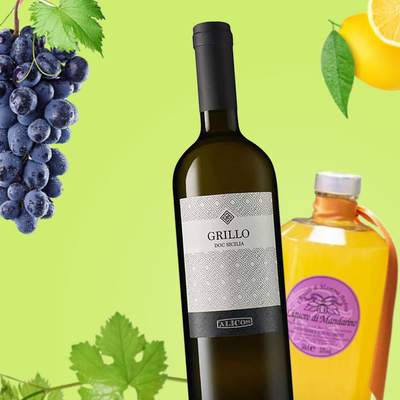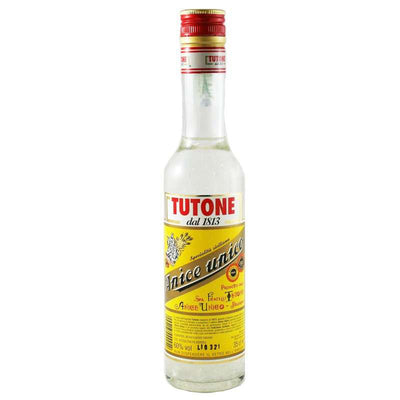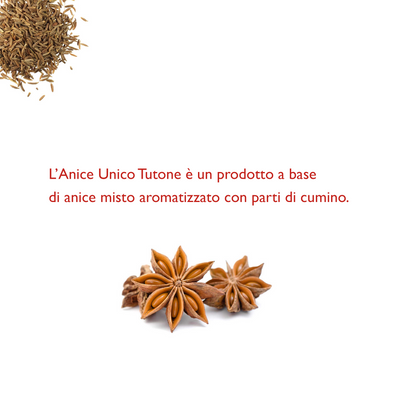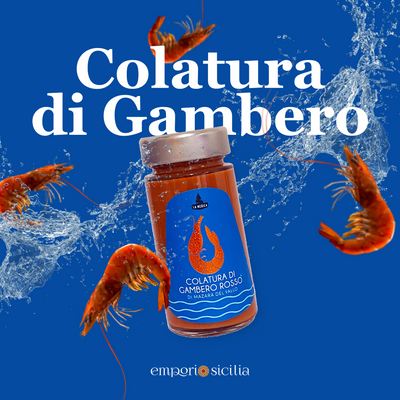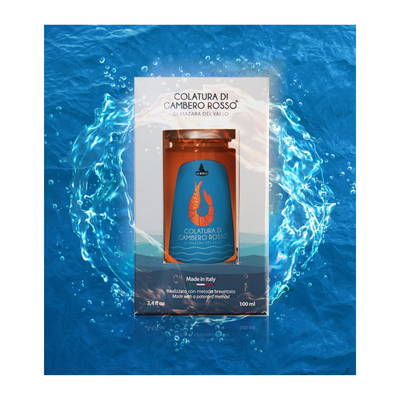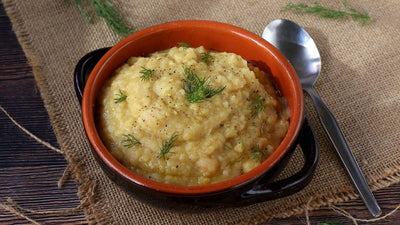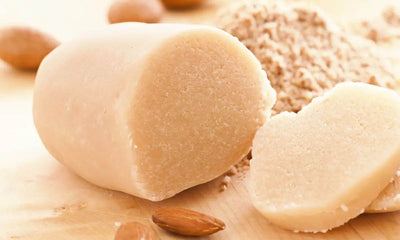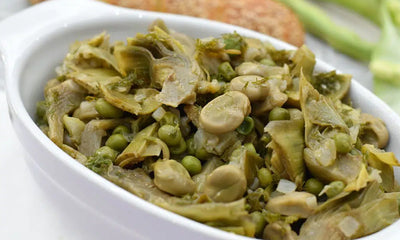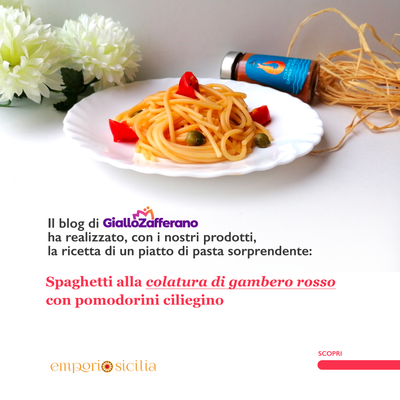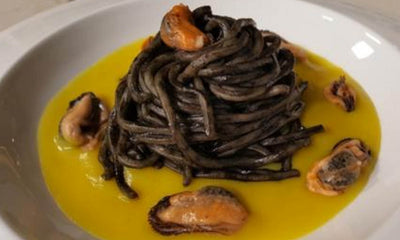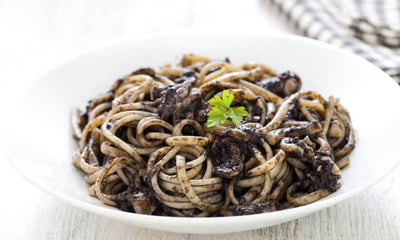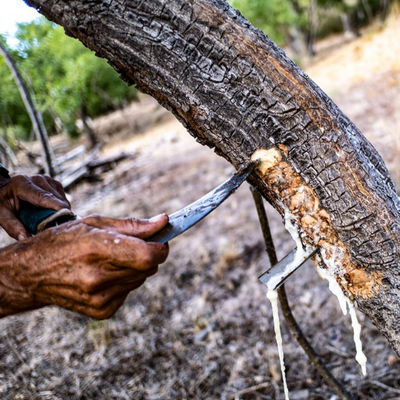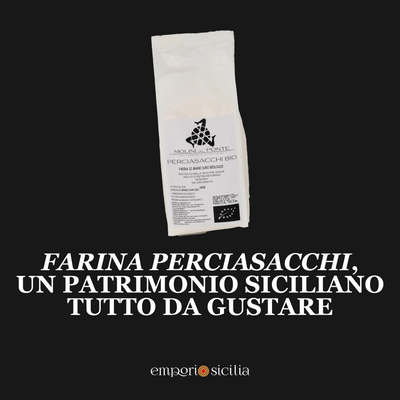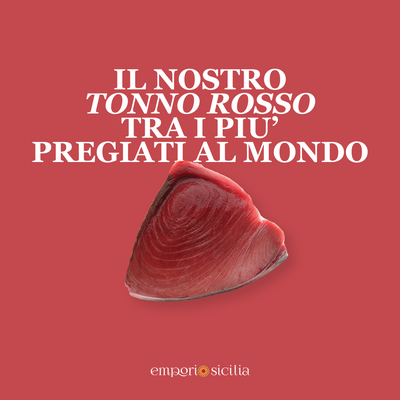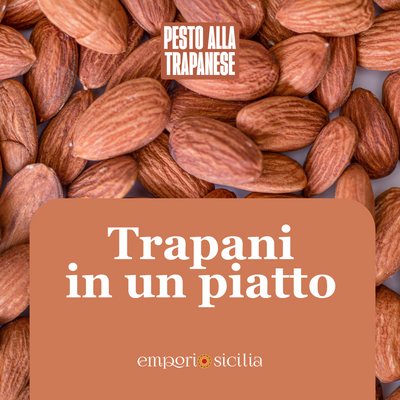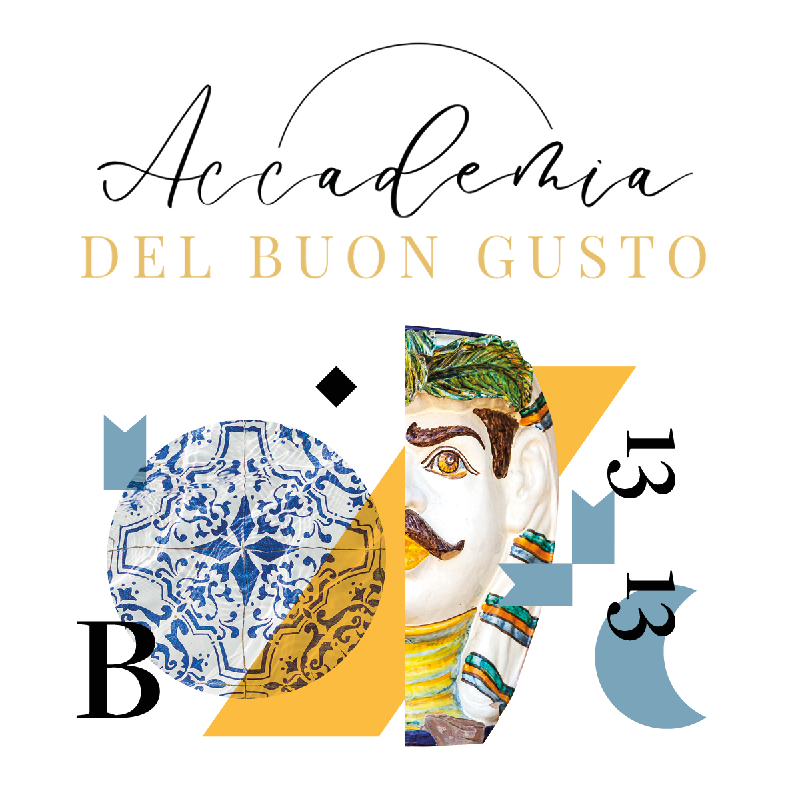Organic Sicilian citrus fruits are a priceless treasure: among the most prized Sicilian products, they are a true excellence of the territory. Siracusa PGI lemon, PGI blood orange, PDO Ribera orange, Sicilian mandarin: have you ever tasted them? Very fresh naturally, they are also used and sought after for delicious products such as Limoncello
https://www.emporiosicilia.it/prodotti/lemonello-di-sicilia-monte-polizo/
the Orange
https://www.emporiosicilia.it/prodotti/arancello-amuri-cose-di-sicilia/
and Mandarin Liqueur
https://www.emporiosicilia.it/prodotti/liquore-di-mandarino-i-peccatucci-di-mamma-andrea/
or for jams , spreads , jellies and syrups and flavored desserts .
https://www.emporiosicilia.it/prodotti/marmellata-di-limoni-di-sicilia-alicos/
https://www.emporiosicilia.it/prodotti/confettura-extra-di-arance-e-ananas-i-peccatucci-di-mamma-andrea/
https://www.emporiosicilia.it/prodotti/marmellata-di-mandarini-i-peccatucci-di-mamma-andrea/
Even the magnificent Sicilian Modica PGI chocolate can be embellished with lemon and orange peel.
https://www.emporiosicilia.it/prodotti/cioccolato-di-modica-al-limone-donna-elvira/
https://www.emporiosicilia.it/prodotti/scorze-d-arancio-cioccolato-di-modica-igp-ciomod/
Let's get to know these refined and versatile products better.
What are the varieties of Sicilian organic citrus fruits?
In addition to the very famous and beloved oranges, it is impossible not to mention the delicious Sicilian lemons. Among the oldest and most loved native citrus fruits.
The typical Femminello lemons of Syracuse , the red and blond oranges, and the mandarins grown and harvested in Sicily have a scent, a taste and nutritional and beneficial properties unique in the world, thanks to the mild climate and the fertile and draining soils of which the Island is rich.
Among the most valuable products we remember:
- the Siracusa PGI lemon , called Femminello Siracusano, with a high content of clear, pleasantly sour juice, few seeds, and a very rich percentage of essential oils;
- the Ribera DOP orange of the Brazilian type, Washington Navel and Navelina, grown in the province of Agrigento and in the municipality of Chiusa Sclafani, in the province of Palermo, with seedless fruits, blonde pulp with a sweet taste and an abundant juice yield;
- the PGI Sicilian blood orange in the Tarocco, Moro and Sanguinello varieties, in production between Catania, Enna, Ragusa and Syracuse and with a bright red pulp, due to the presence of anthocyanins or anthocyanins, very powerful antioxidant substances;
- the blond orange of Scillato , rich in vitamin C, calcium, phosphorus and iron and widely used in the production of traditional Sicilian desserts;
- the Late Mandarin of Ciaculli , which owes its name to the village in which it was discovered due to the ripening period, which is later than the more common varieties. The strong aroma, the sugar content, the thin peel, the presence of the seed, make Tardivo di Ciaculli a unique and unmistakable mandarin.
https://www.emporiosicilia.it/prodotti/miele-di-mandarino-carlo-amodeo/
https://www.emporiosicilia.it/prodotti/nettare-di-mandarino-siciliano-tradivo-di-ciaculli-bio-f-lii-perricone/
What are the nutritional properties of organic Sicilian citrus fruits?
Citrus fruits contain vitamin C which has antioxidant properties and contributes to strengthening the immune system and can block the formation of potentially carcinogenic substances such as nitrosamines.
Tardivo di Ciaculli is also rich in vitamins B1 and B2, which stimulate appetite, growth, digestion and improve the respiratory system, suitable for the treatment of the nervous system.
They are perfect varieties for juices, jams, jams and juices, with a bright and unique taste and rich in healthy substances.
The patronal feast of Santa Lucia in Syracuse and the importance of the Syracuse PGI lemon
The city of Syracuse celebrates the patronal feast of Santa Lucia every year on 13 December with a procession from Piazza del Duomo in Ortigia to the Church of Santa Lucia al Sepolcro. On December 20, the procession takes the reverse route. On December 13th, by tradition, the large candles at the corners of the statue are covered with triumphs of flowers, while on December 20th the silver simulacrum is flanked by candles decorated with lemons and oranges. The gift of the first fruits to the Saint of Syracuse represented the route of the procession from the countryside towards the city, when the area of Piazza Santa Lucia alla Borgata represented the northern border of the urbanization, and the definition of "city" was reserved for the island of Ortigia ".



